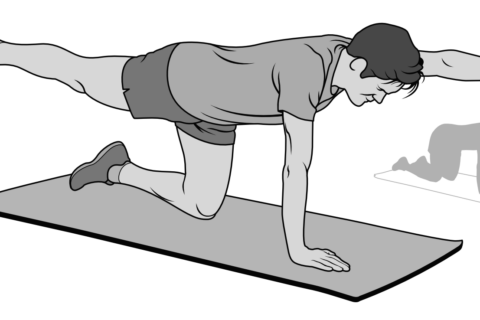Counteract your low-impact endurance training with high-impact, multidirectional movements to protect yourself from stress injuries.
Counteract your low-impact endurance training with high-impact, multidirectional movements to protect yourself from stress injuries.




